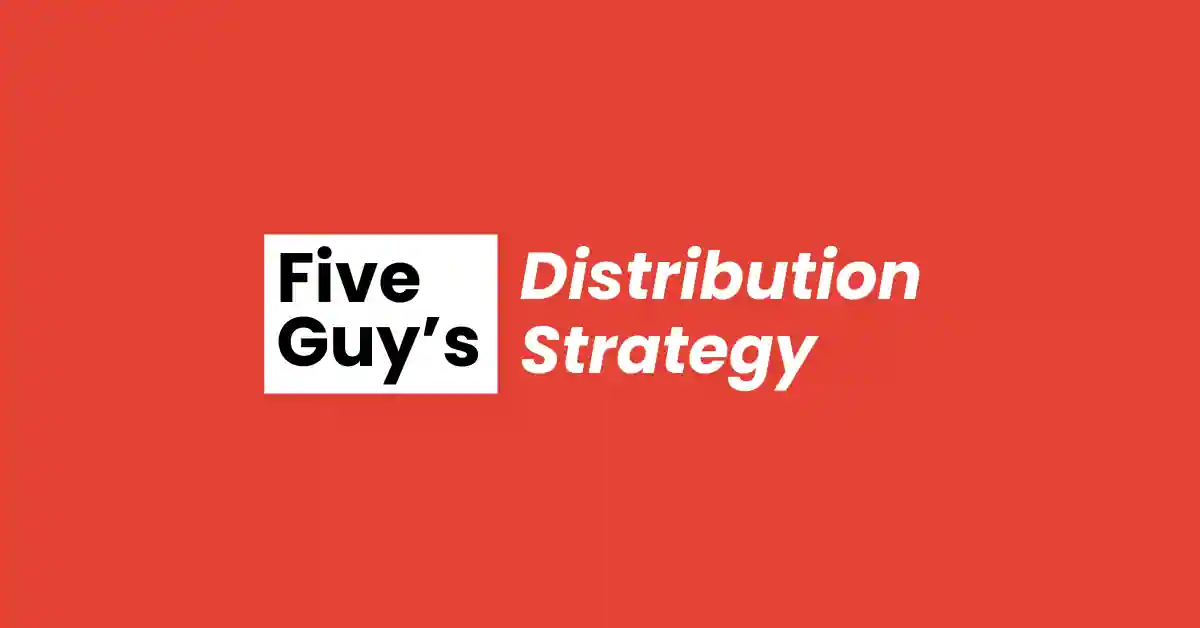The stages of client from lead to confirmed can be a complex journey. Understanding each step helps you guide potential clients effectively from awareness to commitment.
In this article, we will break down every stage of the client journey to make conversions smoother and more successful.
What is a Client Journey?
The client journey refers to the process a potential client goes through from the moment they become aware of your product or service until they decide to make a purchase. It involves multiple stages that reflect the client’s evolving mindset, needs, and expectations.
Understanding this journey allows you to tailor your approach and address concerns at every step, ultimately leading to more successful conversions.
Why Understanding the Client Journey is Important
You might be wondering, why bother breaking it all down? Well, knowing exactly where your potential clients stand allows you to deliver the right message at the right time. It’s like having a map that helps you guide your clients from curiosity to commitment, ensuring that they don’t lose interest or get stuck along the way.
Stage 1: Awareness
Defining the Awareness Stage
The awareness stage is where everything begins. This is when a potential client first becomes aware of your brand, either through a social media post, a friend’s recommendation, or even a Google search. It’s the moment your business steps onto their radar.
How Clients Become Aware of Your Brand
At this stage, marketing efforts like content creation, SEO, social media engagement, and advertisements play a crucial role. You need to create a presence that resonates with the needs or pain points of your audience. It’s all about visibility.
Stage 2: Interest
Nurturing Curiosity
Once a lead knows about you, they enter the interest stage. Here, they want to know more. This is your chance to nurture that curiosity by providing valuable information—blog posts, videos, or testimonials—that keeps them engaged.
Strategies to Spark Interest
This is where storytelling shines. Sharing success stories and case studies can effectively spark interest. Show potential clients how others in similar situations have benefited from what you offer.
Stage 3: Consideration
Evaluating Solutions
In the consideration stage, leads are weighing their options. They’re researching, comparing your services to those of competitors, and evaluating whether you’re the right fit for their needs.
Building Trust During the Consideration Phase
To win in this stage, you need to build trust. Provide in-depth resources like guides or webinars. Be transparent about pricing and address any potential concerns upfront.
Stage 4: Intent
The Moment of Decision
The intent stage is when the lead starts leaning toward making a purchase. They’ve narrowed down their options, and you’re on their shortlist. It’s an exciting yet delicate phase.
Encouraging Prospects to Take Action
Encourage them by providing incentives—limited-time offers, free trials, or a demo. Make the decision-making process easy and rewarding.
Stage 5: Evaluation
Client Comparisons and Research
Even with intent, prospects often conduct one last evaluation. They may compare you with your competitors, looking at reviews, testimonials, and case studies.
Handling Common Objections
Be prepared to handle objections. This could mean offering more personalized consultations or clarifying any uncertainties they might have.
Stage 6: Negotiation
Navigating the Negotiation Process
Negotiation is all about finding a win-win situation. The client knows what they want, and you need to be flexible enough to make it work for both parties.
Effective Negotiation Tactics
Use active listening during negotiations. Understand their concerns and be ready to adjust your offer slightly if that’s what it takes to seal the deal.
Stage 7: Commitment
The Importance of Commitment
The commitment stage is when the lead decides to move forward. It’s crucial because it represents their agreement to work with you, but the job isn’t done yet.
Steps to Secure Client Commitment
Make this process smooth with clear contracts and expectations. Ensure there are no surprises so the client feels comfortable committing.
Stage 8: Confirmation
Confirming the Sale
Finally, we reach the confirmation stage. This is when the deal is officially sealed, and the client becomes confirmed. It’s important to celebrate this milestone.
Ensuring Clients Feel Confident in Their Choice
Make sure clients feel reassured about their decision. Send a welcome email, share onboarding materials, and show appreciation for their trust in your business.
The Importance of Follow-Up
Keeping Communication Open
After confirmation, it’s essential to maintain an open line of communication. This keeps the relationship strong and reduces the likelihood of buyer’s remorse.
Building Lasting Relationships
Follow-up messages, regular check-ins, and quality support can help transform a confirmed client into a loyal advocate for your brand.
How to Track Each Stage Effectively
Using CRM Tools
Tracking each stage is key to understanding where leads are dropping off or what’s working well. CRM tools like HubSpot or Salesforce can help you visualize each step of the journey.
Measuring Success at Each Step
Set KPIs for each stage—such as the number of leads moved from interest to consideration—to evaluate how well your strategy is working.
Common Mistakes to Avoid
Rushing the Process
One common mistake is trying to rush through the stages. Each step takes time, and forcing a lead to commit too soon can scare them away.
Neglecting Client Concerns
Ignoring concerns or not addressing questions promptly can derail the entire process. Make sure to be responsive and empathetic.
Benefits of Understanding Client Stages
Improved Client Retention
Understanding the client journey helps you address their needs effectively, which leads to improved retention and a positive client experience.
Increased Sales Conversion Rates
A clear understanding of each stage also means you can target your messaging more accurately, ultimately increasing conversion rates.
Practical Tips for Smooth Client Transitions
Personalization is Key
Personalize your communication at each stage. Whether it’s addressing specific pain points or sending customized offers, personalization makes clients feel valued.
Clear Communication Strategies
Avoid confusion by keeping your communication clear and concise. Make sure that the client understands each step of the journey and what to expect next.
Conclusion
The journey from lead to confirmed client is a dynamic process that requires patience, understanding, and strategic actions. By recognizing each stage—awareness, interest, consideration, intent, evaluation, negotiation, commitment, and confirmation—you can guide potential clients smoothly towards making a commitment. Keep in mind that personalization, clear communication, and addressing concerns are your best allies in this journey. Remember, the more effectively you understand your clients’ journey, the better you can serve them.
FAQs
1. What is the most challenging stage in the client journey?
The most challenging stage often depends on the business, but generally, the consideration stage can be tough because clients are comparing you to competitors.
2. How can I speed up the decision-making process for clients?
You can speed up the process by providing clear, concise information, offering incentives, and addressing concerns promptly.
3. What tools are best for tracking client stages?
CRM tools like HubSpot, Salesforce, or Zoho are excellent for tracking where clients are in their journey.
4. How do I handle clients who hesitate to commit?
Handling hesitation requires patience. Provide additional information, share testimonials, and offer a low-risk opportunity like a trial to help ease their concerns.
5. Why is follow-up crucial after confirmation?
Follow-up is crucial because it helps build trust, reassures the client about their decision, and lays the foundation for a long-term relationship.






